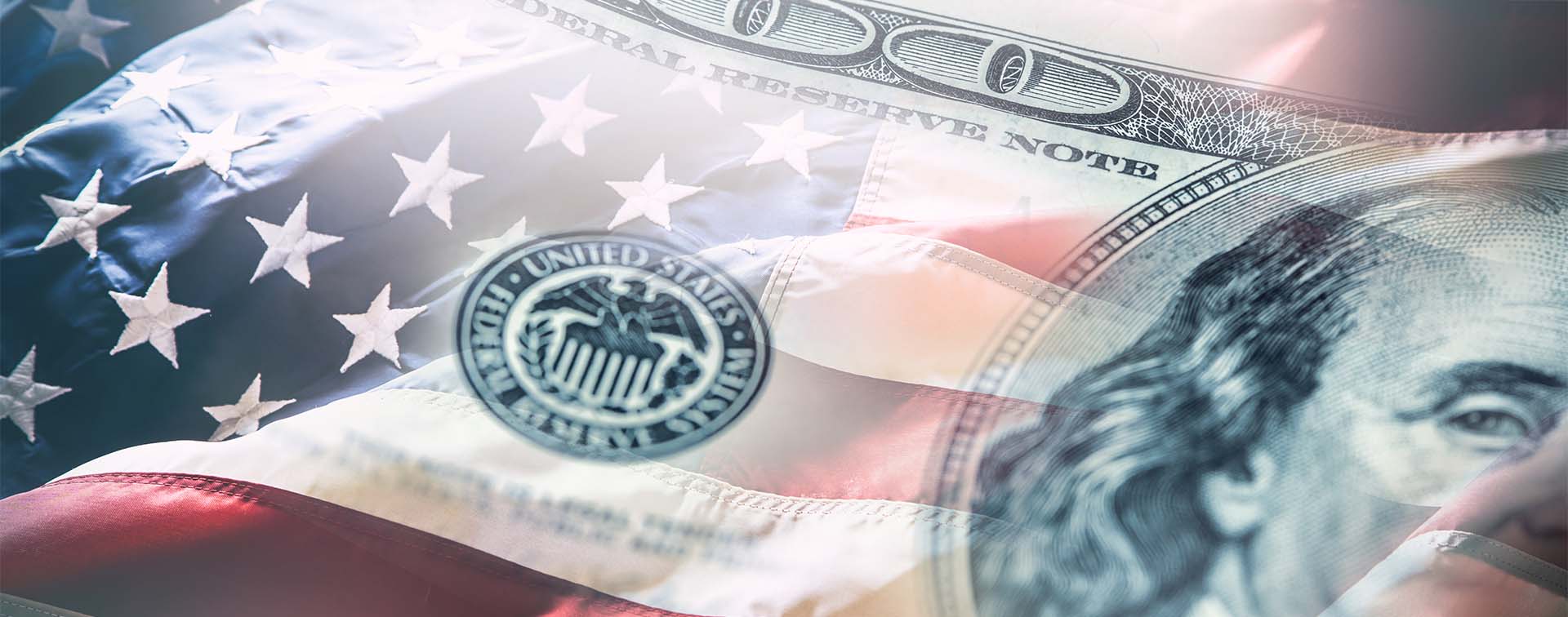
Dr. Peter J. Middlebrook is a global economist and Chief Executive Officer at Geopolicity Inc.
In 2025, the USA continues to be one of the world’s most attractive destinations for migrating millionaires. According to the Henley Private Wealth Migration Report 2025, forecasts for 2025 point to a record-breaking 142,000 millionaires relocating globally, heralding the largest wave of wealth migration in modern history after 134,000 high-net-worth families moved to a new country in 2024. While the UAE is expected to attract the largest net inflow of wealth this year at 9,800 millionaires with capital of USD 63 billion, the USA holds a strong 2nd place, with 7,500 millionaires with USD 43.7 billion, reinforcing its enduring appeal as a leading hub for global talent and wealth. America remains at the top of the W10 (the word’s 10 wealthiest countries), with the highest millionaire growth of 78% over the past decade.
This strength reflects more than just economic performance — it signals a broader shift in how global capital is repositioning itself. With a mature innovation ecosystem and deep financial markets, the USA continues to draw capital and entrepreneurial activity. Wealth migration to America is increasingly shaped by long-term structural factors rather than short-term political dynamics, underscoring the country’s resilience and strategic attractiveness in an evolving global landscape.
For decades, the USA significantly expanded its global supply chains, outsourcing much of its manufacturing in pursuit of cost efficiencies. This contributed to the rapid industrial rise of countries such as China and shifted the global balance of production. Simultaneously, global financial institutions once built to support dollar dominance now face strategic alternatives. Multi-lateral initiatives such as BRICS and the Shanghai Cooperation Organization are advancing new monetary architectures, such as the New Development Bank and the Contingent Reserve Arrangement, challenging the dollar’s hegemony.
In response, the USA and its partners have begun to reinforce their own economic frameworks — most notably through projects like the India–Middle East–Europe Economic Corridor. These have so far been reactive, not foundational. However, that era is closing. There is a renewed domestic emphasis on strengthening industrial capacity. Policy measures aimed at encouraging investment in US-based manufacturing and high-tech industries, coupled with a recalibration of trade dynamics, are part of a broader effort to enhance economic resilience and national competitiveness.
This shift is about bringing production home, as well as attracting capital, talent, and innovation capacity from abroad.

The USA is actively courting global wealth creators and innovators through investor-friendly pathways. Programs such as the EB-5 Immigrant Investor, start-up visa tracks, and wealth migration incentives provide streamlined entry points to permanent residence for capital-rich individuals. At the same time, emerging digital asset regulations and tax regimes aim to anchor US-domiciled wealth onshore — part of a broader strategy to manage a USD 35 trillion national debt and a USD 2 trillion federal deficit. Given that US citizens are taxed on their worldwide income, American emigration has historically remained modest compared to inbound migration flows.
The recent USA Wealth Report 2025 revealed an interesting trend in the geographic distribution of new wealth. Many of the fastest growing millionaire hubs in the USA are emerging in lower density, high-growth regions, with cities such as Scottsdale, Austin, and Miami seeing high wealth growth over the past decade. While the dynamics behind regional growth vary, the overall pattern reflects a broader rebalancing of economic opportunity within the USA, with new wealth clusters emerging beyond traditional coastal strongholds.
Globally, volatility is driving affluent flight. The net millionaire outflows data reveals that the UK, France, and Spain are losing their appeal to wealthy expats, while parts of Asia and the Middle East are becoming risk-saturated. And in an age of intensifying climate disasters, property risk is no longer confined to coastal zones — wildfires, floods, and insurance collapses are influencing relocation decisions among the wealthy.
In parallel, global transparency initiatives are reshaping the financial landscape. Frameworks such as the OECD’s Common Reporting Standard and the USA’s own Foreign Account Tax Compliance Act (FATCA) have significantly increased reporting obligations, making traditional offshore jurisdictions less discreet. As financial secrecy recedes, transparency and regulatory reliability have become increasingly important considerations for internationally mobile wealth.
Despite its political polarization, the USA continues to offer a compelling value proposition for wealth migration. Key structural advantages include a deep and liquid financial market, strong legal and property rights, and institutional durability. Its innovation ecosystem — spanning AI, biotech, clean energy, and fintech — is unmatched.
US real estate also remains a prime store of value, from Fifth Avenue towers to Montana ranches. Crucially, labor shortages in healthcare, technology, and agriculture open the door for investor-entrepreneurs to both contribute and capitalize. US estate law remains investor-friendly, enabling wealth preservation across generations. And while the dollar faces strategic challenges, it still accounts for nearly 60% of global reserves — an anchor in turbulent waters.
The transformation of the USA into a modern magnet for global wealth is being driven by organic shifts in capital flows, innovation clusters, and investor sentiment. From Miami’s high-rises and Austin’s tech corridors to Scottsdale’s lifestyle estates, a new geography of affluence is emerging, marked by economic vitality, business opportunity, and quality of life.
Rather than exporting ideology, the US is importing prosperity. In 2024, the USA captured 14.3% of all new global FDI projects, up from 11.6% the year prior — a signal of rising investor confidence in the country’s economic resilience and regulatory stability.
The frontlines of global competition are no longer marked by territorial boundaries, but by the movement of capital, talent, and innovation. In this new era, power stems not from military might but from economic magnetism, As wealth becomes increasingly mobile, countries that offer opportunity and strategic value stand to gain the most. Today, the USA is the foremost host of this global wealth.